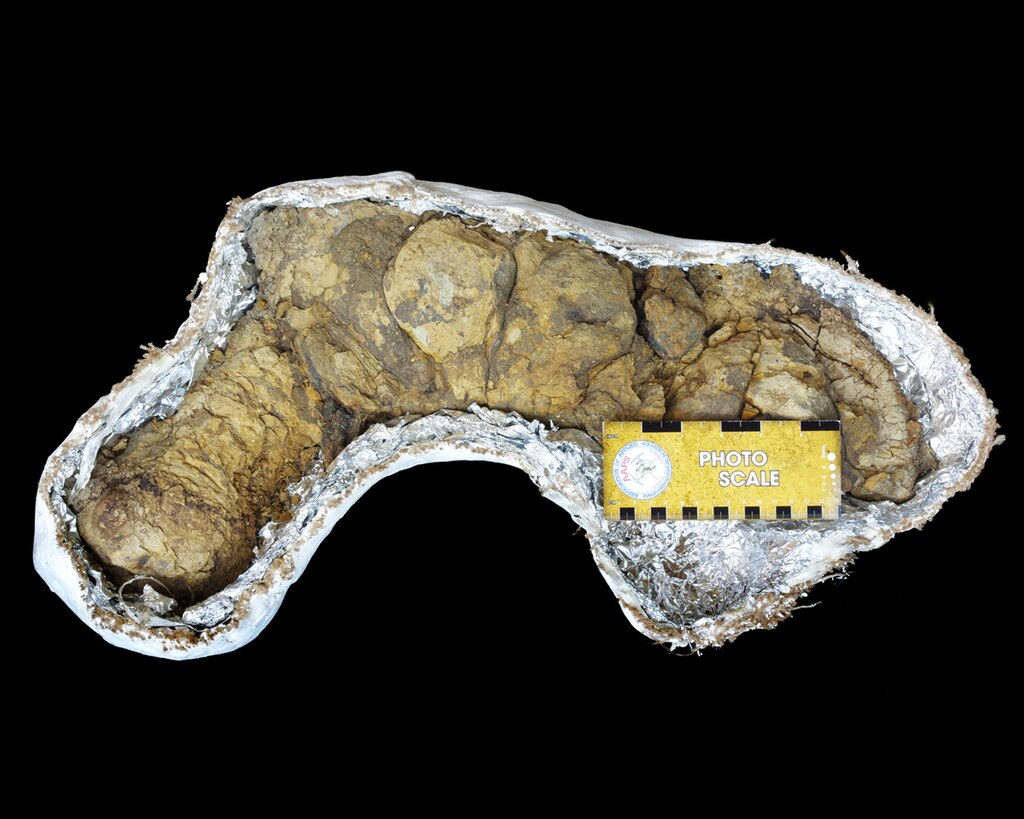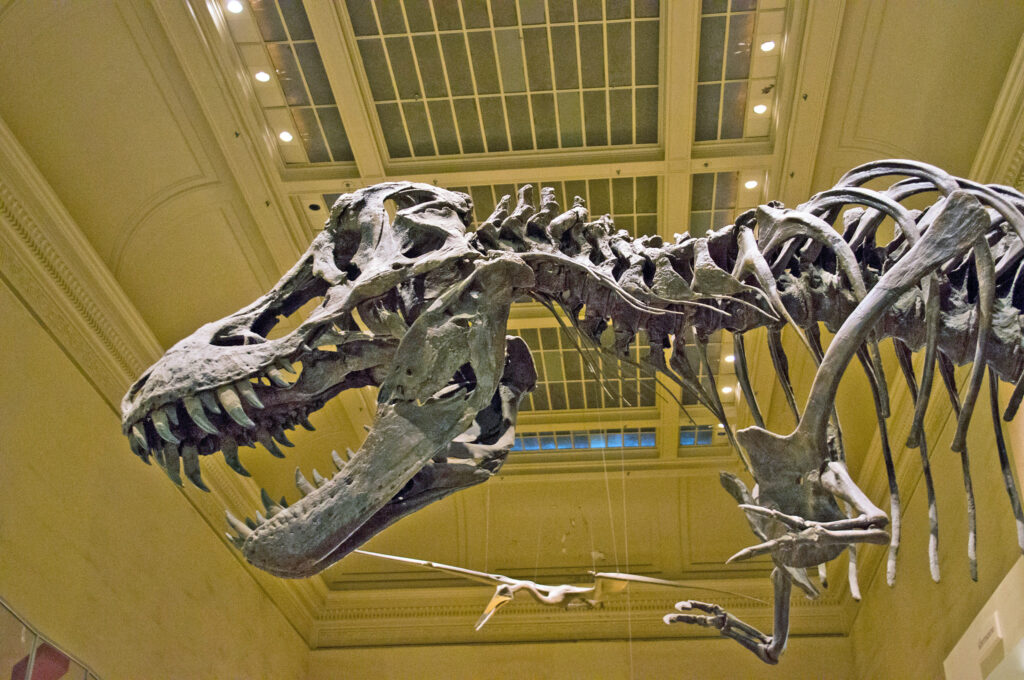The Carnegie Museum of Natural History in Pittsburgh stands as one of America’s premier institutions for paleontological research and exhibition. Since its founding in 1896 by industrialist Andrew Carnegie, this museum has been at the forefront of dinosaur discoveries and fossil exhibition. The museum’s expeditions have unearthed some of the most significant paleontological findings in North American history, including numerous “giant skeletons” of dinosaurs that continue to captivate visitors today. These historic digs, conducted during what many call the “Golden Age of Paleontology,” have shaped our understanding of prehistoric life and established Pittsburgh as a center for dinosaur research.
The Origins of Carnegie’s Dinosaur Quest
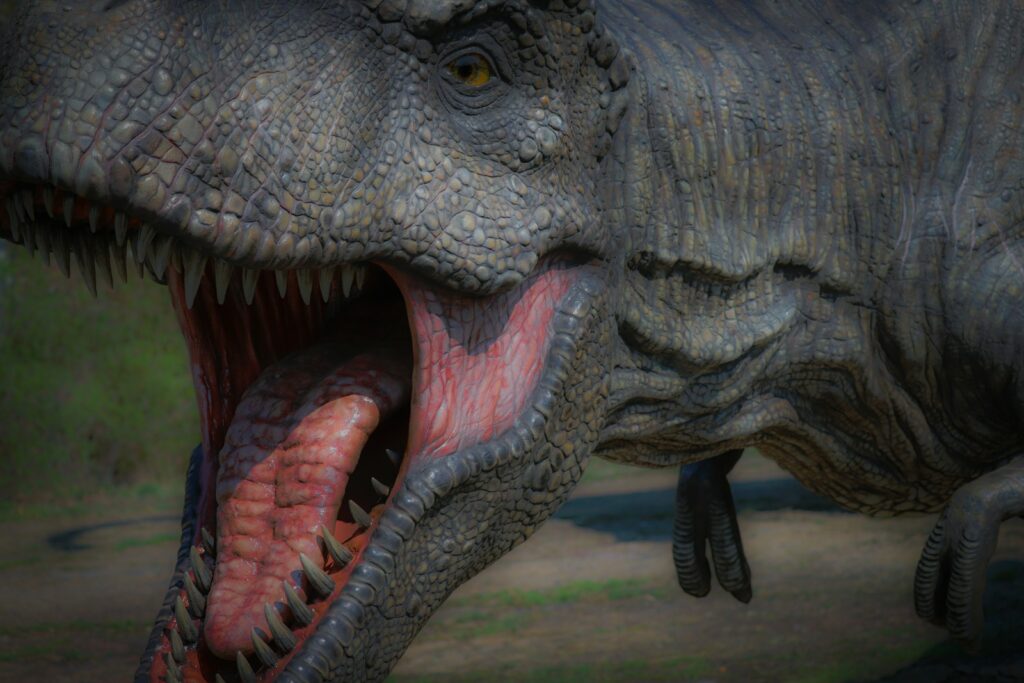
Andrew Carnegie’s fascination with dinosaurs began in 1898 when he read about the discovery of a massive dinosaur skeleton in Wyoming. Inspired by this news, Carnegie instructed his museum director, William J. Holland, to “buy a dinosaur” for his newly established museum in Pittsburgh. This seemingly simple directive launched one of the most ambitious paleontological programs in American history. Carnegie was not content with purchasing existing specimens; instead, he funded extensive expeditions to discover new dinosaurs, preferably ones larger and more impressive than those displayed by rival institutions. His competitive spirit and vast resources transformed the Carnegie Museum into a powerhouse of paleontological discovery, with teams of fossil hunters dispatched to remote locations throughout the American West in search of prehistoric giants.
The Bone Wars and Carnegie’s Strategic Entry
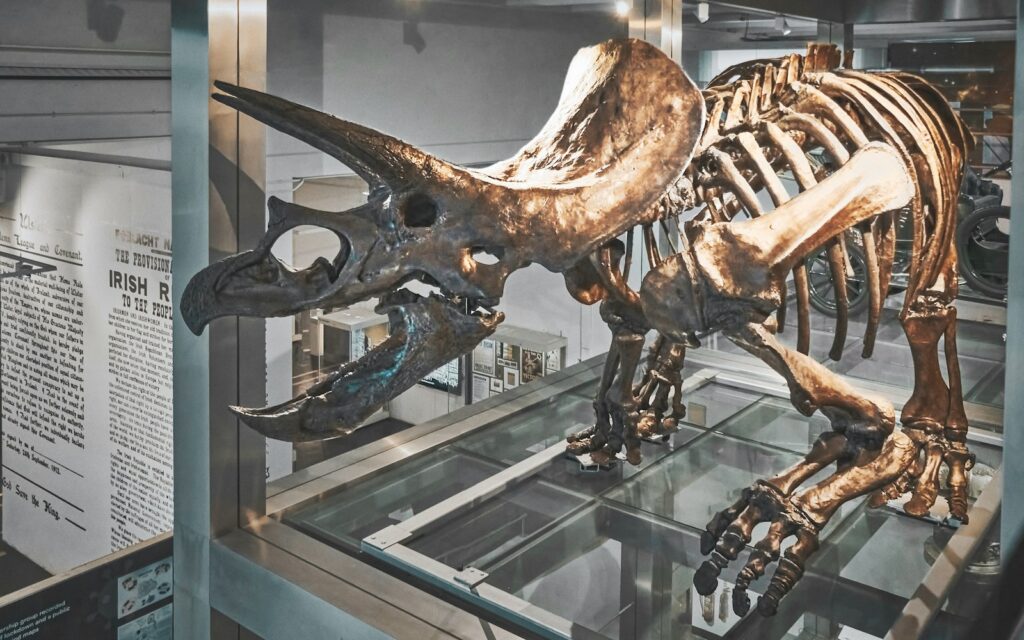
The Carnegie Museum’s dinosaur program emerged in the aftermath of the infamous “Bone Wars” – a fierce rivalry between paleontologists Edward Drinker Cope and Othniel Charles Marsh that dominated American paleontology in the late 19th century. While this rivalry had produced numerous discoveries, it had also created a chaotic and often unscientific approach to fossil collection. Carnegie and Holland recognized an opportunity to establish a more methodical and scientifically rigorous program of excavation. By entering the field after the height of the Bone Wars, the Carnegie Museum could learn from past mistakes while benefiting from newly developed techniques. The museum hired skilled fossil hunters who combined scientific knowledge with practical field experience, creating teams that could not only find fossils but properly document their discoveries within their geological and biological contexts.
The Legendary Diplodocus carnegii Discovery

The Carnegie Museum’s most famous excavation began in 1899 when fossil hunter Jacob Wortman discovered the remains of a massive sauropod dinosaur in Wyoming’s Como Bluff. This specimen would eventually be named Diplodocus carnegii in honor of Andrew Carnegie himself. The excavation of this 84-foot-long dinosaur required unprecedented logistical planning, with teams of workers carefully extracting the massive bones from the hard sandstone. The specimen was remarkably complete, containing approximately 87 percent of the animal’s skeleton. When fully prepared and mounted at the Carnegie Museum in 1907, Diplodocus carnegii became an instant sensation, drawing thousands of visitors eager to marvel at this prehistoric giant. Carnegie was so proud of this discovery that he commissioned plaster casts of the skeleton to be sent to major museums throughout Europe, spreading the Carnegie Museum’s reputation worldwide.
The Morrison Formation Expeditions
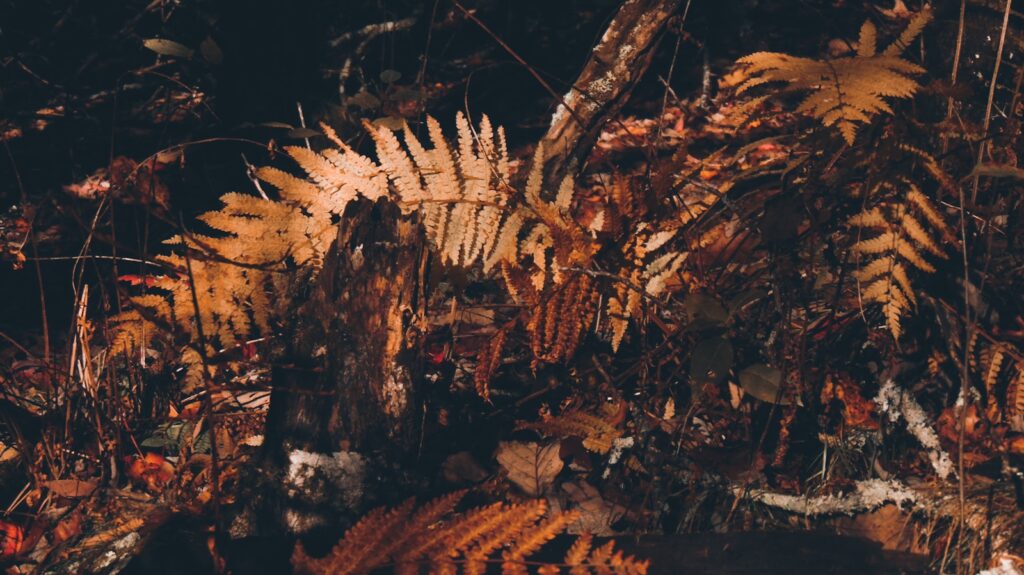
The discovery of Diplodocus carnegii was just the beginning of the Carnegie Museum’s explorations of the Morrison Formation, a geological layer dating to the Late Jurassic period approximately 150 million years ago. Between 1899 and 1922, Carnegie-funded expeditions conducted extensive excavations throughout this formation in Wyoming, Utah, and Colorado. These digs yielded numerous significant specimens, including Apatosaurus louisae (named after Andrew Carnegie’s wife, Louise), Camarasaurus, and partial remains of the predatory Allosaurus. The Morrison Formation proved to be one of the richest dinosaur-bearing deposits in North America, and the Carnegie Museum’s methodical approach to excavating these sites set new standards for paleontological fieldwork. Teams carefully mapped each bone’s position before removal, taking detailed notes and photographs that provided crucial contextual information about how these animals lived and died.
Innovative Field Techniques Pioneered by Carnegie Teams
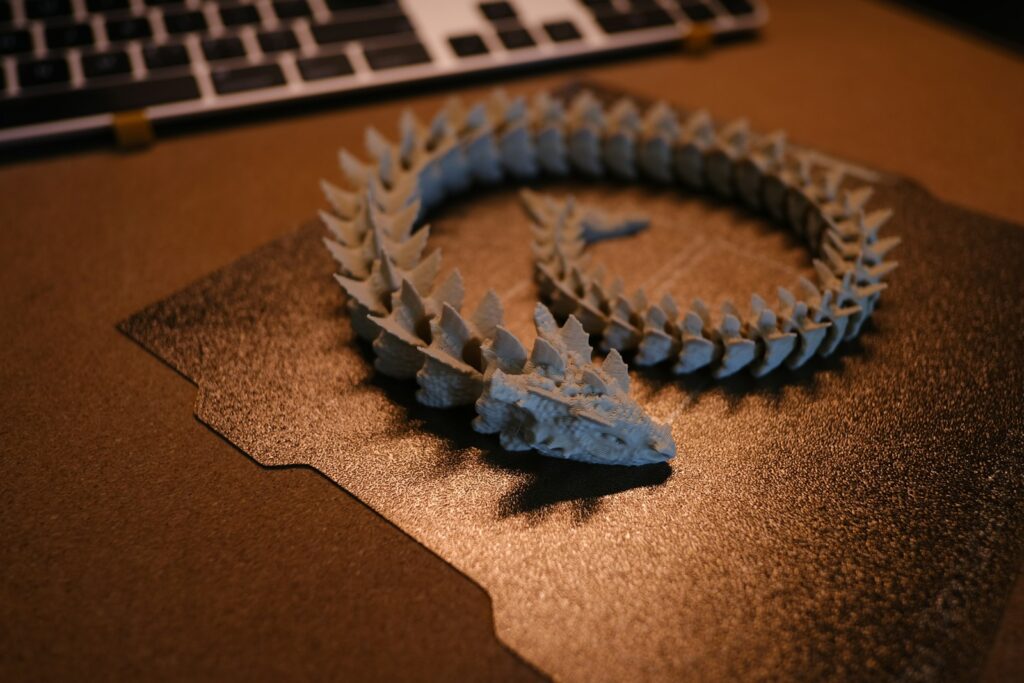
The Carnegie Museum’s field teams developed several innovative techniques that revolutionized dinosaur excavation. Under the direction of field leaders like Earl Douglass and Arthur Coggeshall, teams began using plaster jackets to protect fragile fossils during excavation and transport. This method involved covering exposed bones with dampened tissue paper, followed by burlap strips soaked in plaster of Paris, creating a protective shell around the specimen. The museum also pioneered the use of detailed field journals and photography to document excavations, practices that are now standard in paleontological work. Perhaps most significantly, Carnegie teams introduced the concept of quarry maps – detailed diagrams showing the exact position of each bone as found in the ground. These innovations dramatically improved the scientific value of excavated specimens by preserving crucial contextual information that might otherwise be lost during removal.
The Dinosaur Quarry at Dinosaur National Monument

One of the most productive sites explored by Carnegie teams was discovered in 1909 by paleontologist Earl Douglass in northeastern Utah. Initially called “Carnegie Quarry,” this extraordinary fossil bed contained thousands of dinosaur bones concentrated in a relatively small area. Between 1909 and 1922, Douglass and his crews excavated over 700,000 pounds of fossils from this site, including multiple complete skeletons that would become centerpieces of the Carnegie Museum’s collection. The richness of this quarry was so exceptional that in 1915, President Woodrow Wilson designated the area as Dinosaur National Monument to ensure its preservation. Today, visitors to the monument can still see dinosaur bones embedded in the quarry face, preserved exactly as Carnegie Museum paleontologists found them. This site represents one of the greatest concentrations of Jurassic dinosaur bones ever discovered and remains a testament to the Carnegie Museum’s contributions to paleontology.
Transporting Giant Skeletons to Pittsburgh
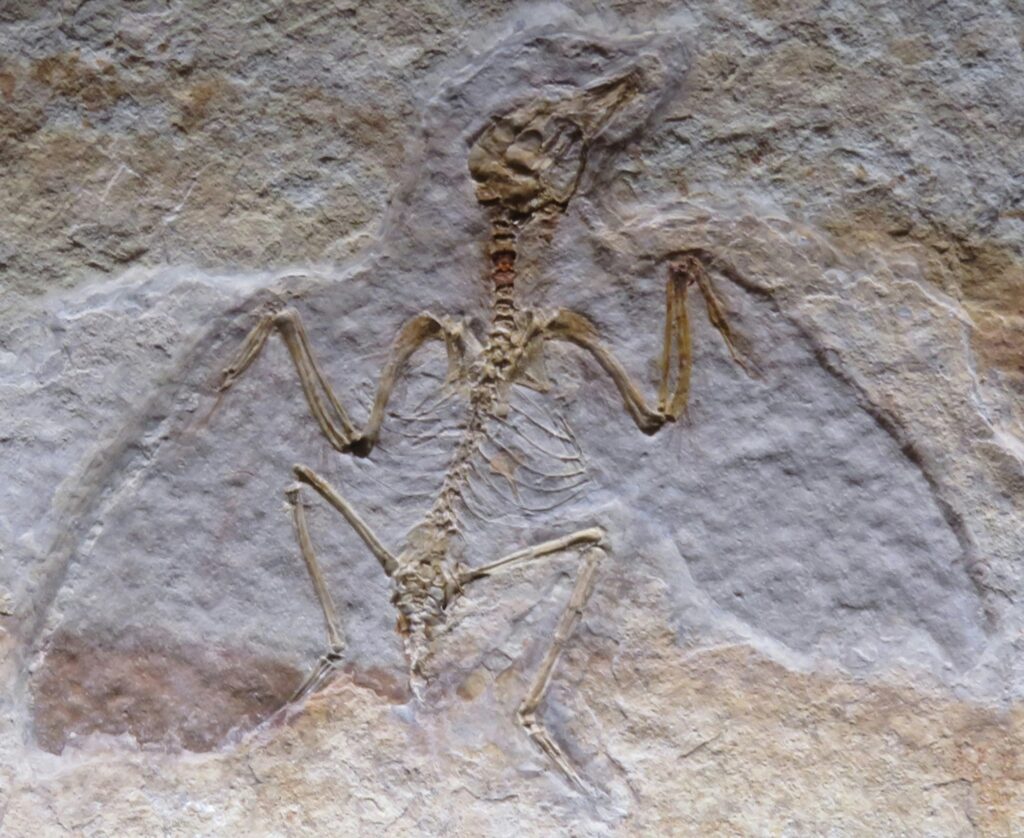
Moving massive dinosaur skeletons from remote excavation sites to Pittsburgh presented enormous logistical challenges. After fossils were carefully excavated and encased in protective plaster jackets, they were loaded onto horse-drawn wagons for the first leg of their journey. These wagons often had to traverse rugged terrain for many miles before reaching the nearest railroad. The largest jackets, containing specimens like Diplodocus vertebrae or Apatosaurus limb bones, could weigh over a thousand pounds and required teams of horses to transport. Once at the railroad, these massive packages were loaded onto freight cars for the long journey east to Pittsburgh. The Carnegie Museum constructed special crates and employed custom handling techniques to protect these irreplaceable specimens during transport. Upon arrival in Pittsburgh, the fossils would be taken to the museum’s preparation laboratory, where the slow, painstaking work of cleaning and restoring them would begin.
The Painstaking Art of Fossil Preparation
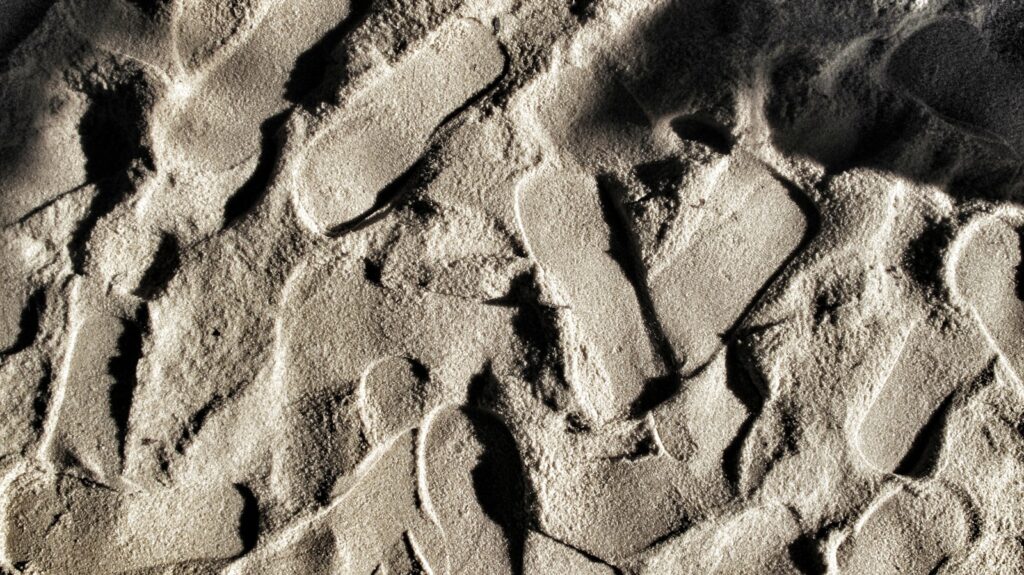
The excavation of fossils was only the first step in bringing dinosaurs to the Carnegie Museum. Once specimens arrived in Pittsburgh, skilled preparators would begin the delicate work of freeing the bones from surrounding rock. This process could take years for large specimens, requiring infinite patience and specialized tools. Early preparators worked with dental picks, small hammers, chisels, and brushes to slowly expose the fossilized bone. The Carnegie Museum established one of America’s first professional fossil preparation laboratories, employing skilled technicians who developed new methods for cleaning and preserving delicate specimens. Arthur Coggeshall, who served as the museum’s chief preparator for many years, introduced techniques that are still used today, including the use of diluted acetic acid to dissolve limestone matrix without damaging bone. The museum’s commitment to meticulous preparation ensured that its specimens were not merely impressive display pieces but scientifically valuable resources.
Mounting Giants: Engineering Challenges and Solutions
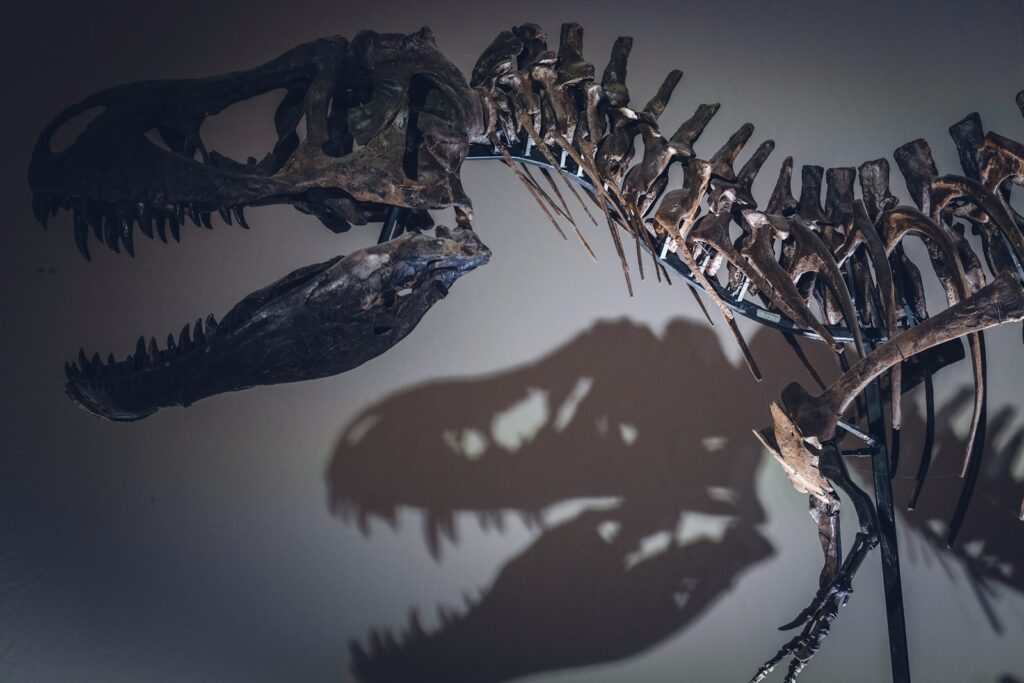
Creating displays of complete dinosaur skeletons presented unprecedented engineering challenges. Unlike modern museum mounts that use internal armatures, early Carnegie displays required each bone to be individually supported, often using visible external brackets and rods. The museum’s staff developed innovative mounting techniques that balanced the need for structural support with scientific accuracy and aesthetic presentation. For the mounting of Diplodocus carnegii, the museum’s staff created a steel framework that supported the massive skeleton while allowing individual bones to be removed for study if needed. The positioning of the dinosaurs themselves reflected the scientific understanding of the time, though many early postures would later be revised as knowledge advanced. These early mounted skeletons were engineering marvels in their own right, requiring precise calculations to ensure that tons of fossilized bone could be safely supported while appearing to defy gravity.
The Creation of “Dinosaur Hall”
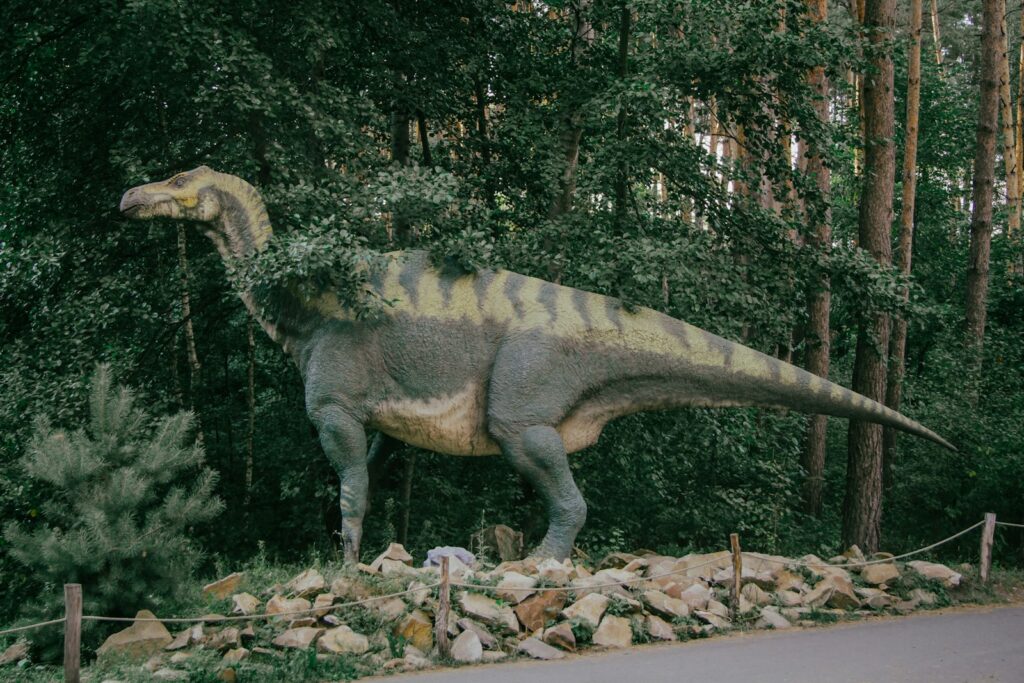
As the Carnegie Museum’s dinosaur collection grew, the institution needed dedicated space to properly display these massive specimens. In 1907, the museum opened “Dinosaur Hall,” a purpose-built gallery designed specifically to house its growing collection of prehistoric giants. The hall’s centerpiece was the mounted skeleton of Diplodocus carnegii, displayed alongside other sauropods in a way that emphasized their enormous size. The creation of this hall represented a significant investment in public education, making scientific discoveries accessible to everyday visitors. Dinosaur Hall quickly became the museum’s most popular attraction, drawing thousands of visitors eager to stand beneath the towering skeletons. The display philosophy emphasized scientific accuracy while still creating an awe-inspiring experience. Unlike some contemporary museums that displayed imaginative but scientifically questionable reconstructions, the Carnegie Museum insisted on showing only what was directly supported by fossil evidence, establishing a tradition of scientific rigor that continues today.
The Global Impact of Carnegie’s Dinosaurs
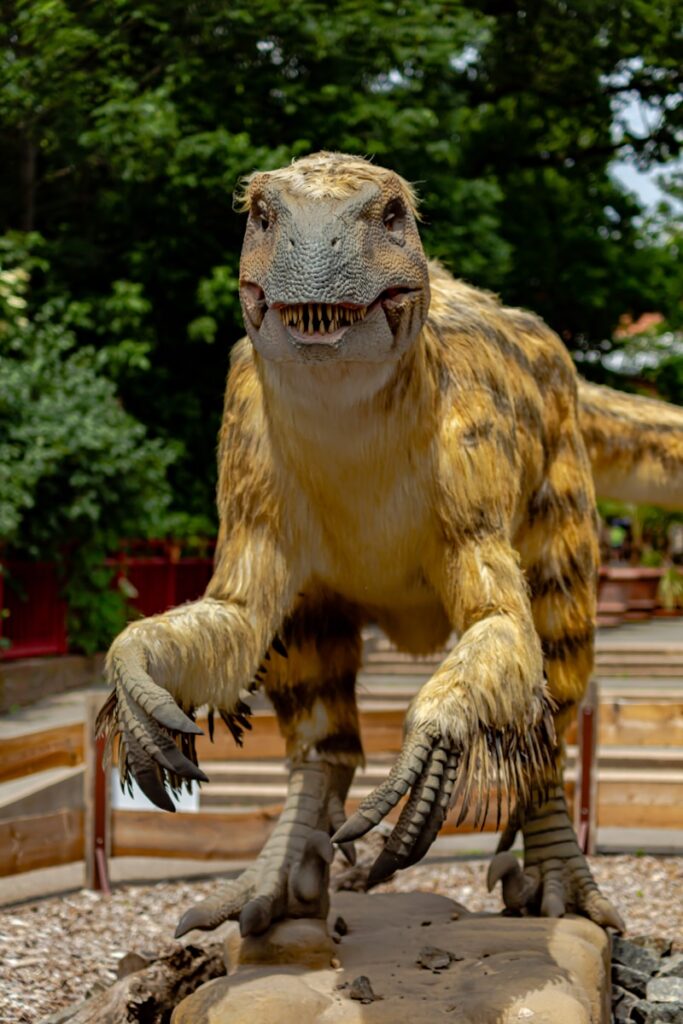
Andrew Carnegie’s desire to share his dinosaur discoveries extended far beyond Pittsburgh. In a remarkable act of scientific diplomacy, Carnegie commissioned plaster casts of Diplodocus carnegii to be created and donated to major museums throughout Europe and Latin America. Between 1905 and 1913, these casts were installed in museums in London, Berlin, Paris, Vienna, Bologna, St. Petersburg, Madrid, Mexico City, and La Plata, Argentina. Each installation was a major cultural event, often attended by heads of state and generating extensive press coverage. King Edward VII of England was so impressed by photographs of the dinosaur that he personally requested a cast for the British Museum, sparking Carnegie’s global distribution program. These casts, affectionately nicknamed “Dippy” in several countries, introduced millions of people to dinosaur science and established the Carnegie Museum as a global leader in paleontology. This ambitious program of scientific sharing represented an early example of using cultural diplomacy to build international goodwill.
The Legacy of Carnegie’s Historic Digs Today

The specimens unearthed during the Carnegie Museum’s historic expeditions continue to yield scientific insights more than a century after their discovery. Modern researchers use advanced technologies like CT scanning and 3D modeling to study these fossils in ways early paleontologists could never have imagined. The museum’s extensive collection of field notes, photographs, and quarry maps provides invaluable contextual information that enhances the scientific value of these specimens. The museum’s current Dinosaur Hall, renovated in 2008, presents these historic specimens in light of contemporary scientific understanding, with modern postures and updated interpretations. Diplodocus carnegii and other iconic Carnegie dinosaurs remain centerpieces of the museum’s collection, connecting modern visitors to the institution’s remarkable legacy of exploration and discovery. The museum also maintains active paleontological research programs, continuing the tradition of scientific inquiry established by its early expeditions while applying modern analytical techniques to both new discoveries and historic specimens.
Conclusion
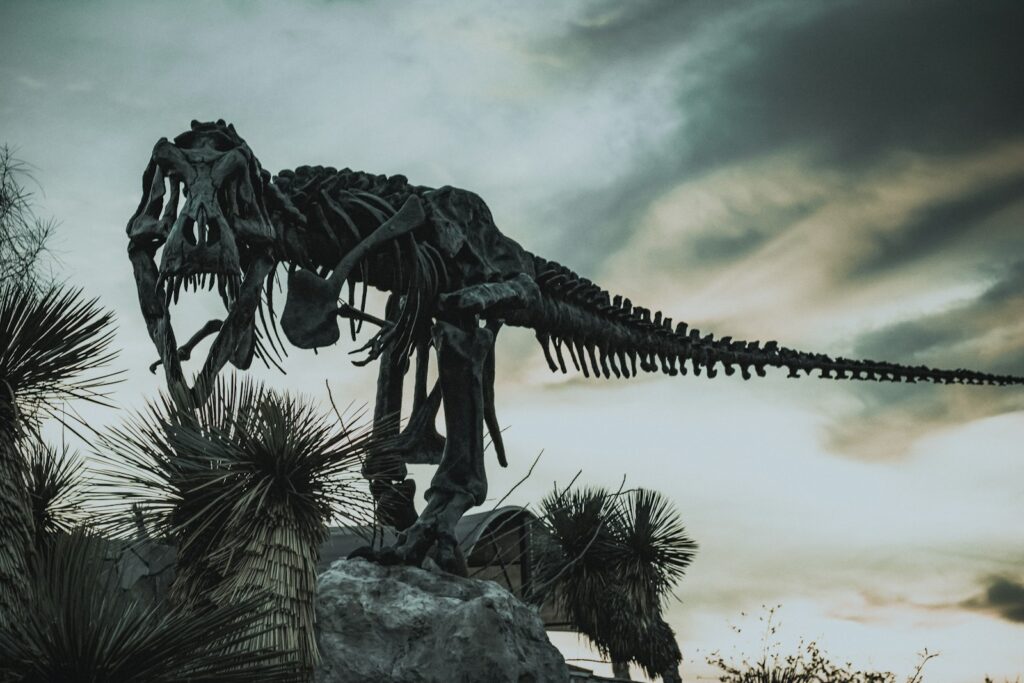
The Carnegie Museum’s historic dinosaur expeditions represent a remarkable chapter in the history of American science. Through Andrew Carnegie’s vision and financial support, the museum established itself as a global leader in paleontological research and public education. The giant skeletons unearthed during these expeditions not only transformed our understanding of prehistoric life but also captured the public imagination in ways that continue to inspire wonder and curiosity. Today, as visitors stand beneath the towering skeletons of Diplodocus and Apatosaurus in the museum’s Dinosaur Hall, they experience the same sense of awe that greeted visitors a century ago. The legacy of these historic digs extends far beyond Pittsburgh, influencing scientific practice, museum exhibition, and public perception of dinosaurs worldwide. The Carnegie Museum’s early paleontological work demonstrates how institutional commitment to scientific exploration, meticulous documentation, and public education can create lasting impacts across generations.


